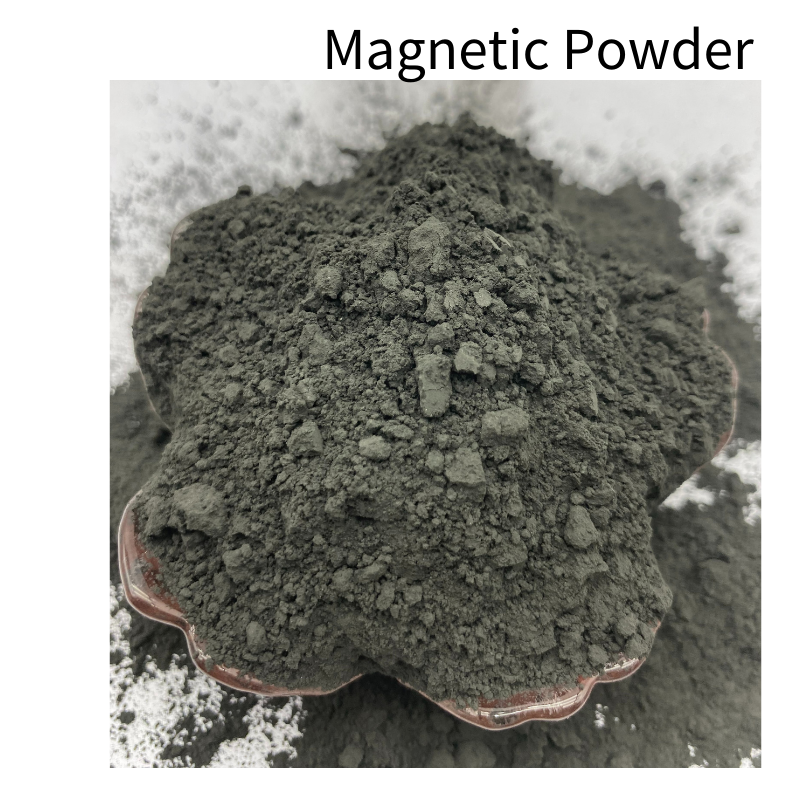
Diverse Applications and Examples of Common Minerals in Everyday Life and Industry
Minerals Examples and Their Uses
Minerals are naturally occurring inorganic substances that have distinct physical and chemical properties. They play a crucial role in the world around us and are foundational to various industries, technology, health, and our daily lives. In this article, we will explore some common examples of minerals and their diverse uses.
One of the most commonly known minerals is quartz. Quartz is composed of silicon and oxygen and is one of the most abundant minerals in the Earth’s crust. This mineral is widely used in the glass-making industry due to its ability to withstand high temperatures and its transparency. Additionally, quartz is essential in the production of silicon wafers for electronics, making it a cornerstone of the technology sector. Its piezoelectric properties also make it valuable in watches and clocks, where it helps maintain accurate timekeeping.
Minerals Examples and Their Uses
Calcite, a form of calcium carbonate, is another useful mineral found in various geological environments. It is extensively used in the construction industry, primarily as a key ingredient in cement and concrete. Additionally, calcite is employed in the production of lime, which is crucial for various chemical processes, including water treatment and soil stabilization. Its decorative variety, marble, is highly sought after in architecture and sculpture due to its aesthetic appeal.
minerals examples and uses

Gypsum is yet another important mineral, primarily composed of calcium sulfate dihydrate. It is widely recognized for its use in the production of drywall and plaster. Gypsum’s fire-resistant properties make it an ideal material for construction, as it helps improve building safety. Beyond construction, gypsum is also used in agriculture as a soil conditioner that enhances the soil’s physical properties and nutrient retention.
Moving beyond construction and electronics, we find halite, commonly known as rock salt. Halite is crucial for food preservation and seasoning. Beyond culinary applications, it is also employed in de-icing roads during winter, showcasing its importance in public safety and infrastructure maintenance. Moreover, halite is mined for use in chemical production, serving as a raw material for various compounds.
The mineral bauxite serves as the primary ore of aluminum. This mineral is mined extensively and processed to extract aluminum, which is a lightweight and strong metal used in various applications ranging from aerospace and automotive to packaging materials. The versatility of aluminum makes bauxite one of the most economically significant minerals worldwide.
Lastly, iron ore is a vital mineral in the production of steel, which is essential for construction, manufacturing, and transportation. Its properties, such as strength and durability, make it indispensable in modern infrastructure.
In conclusion, minerals are fundamental to the functioning of modern society. From construction materials to technology and agriculture, their applications are vast and varied. Understanding the examples and uses of minerals not only highlights their importance but also emphasizes the need for sustainable mining practices to ensure these resources can continue to support future generations. As industries evolve, so too will the roles and importance of minerals in our everyday lives.
Share
-
Premium Pigment Supplier Custom Solutions & Bulk OrdersNewsMay.30,2025
-
Top China Slag Fly Ash Manufacturer OEM Factory SolutionsNewsMay.30,2025
-
Natural Lava Rock & Pumice for Landscaping Durable Volcanic SolutionsNewsMay.30,2025
-
Custom Micro Silica Fume Powder Manufacturers High-Purity SolutionsNewsMay.29,2025
-
Custom Mica Powder Pigment Manufacturers Vibrant Colors & Bulk OrdersNewsMay.29,2025
-
Custom Micro Silica Fume Powder Manufacturers Premium QualityNewsMay.29,2025






